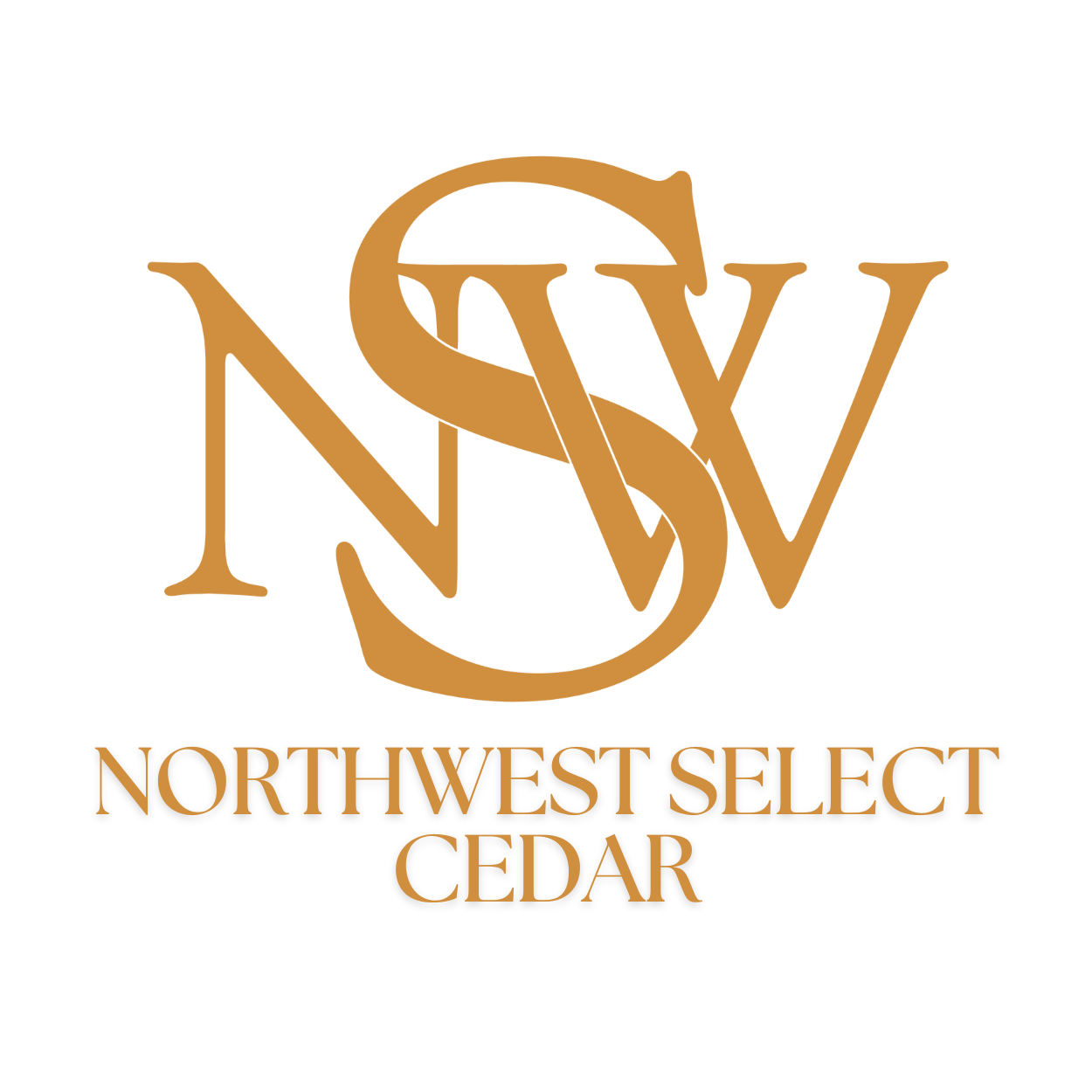When building a custom home, choosing the right materials is essential for both aesthetics and durability. Redwood, a type of softwood known for its beauty, strength, and sustainability, has become a popular choice for interior and exterior finishes in custom homes. Here we’ll explore the various benefits of using redwood, from its natural properties to its long-lasting performance.
Natural Beauty and Aesthetic Appeal
Redwood offers a rich, warm hue that adds elegance to any space. Its fine grain, natural luster, and reddish-brown tones give it a distinctive look that can elevate both modern and traditional home designs. For interiors, redwood can be used for ceilings, paneling, cabinetry, or even accent walls, creating a luxurious and inviting atmosphere. On the exterior, redwood siding and trim can provide a striking contrast to other materials, while maintaining a harmonious, organic appearance.
Durability and Longevity
Redwood is known for its impressive durability, making it an excellent choice for exterior finishes where it’s exposed to the elements. It contains natural oils and tannins that are resistant to decay, insects, and moisture. As a result, redwood can withstand harsh outdoor conditions for decades, making it perfect for siding, decking, and outdoor structures like pergolas. For interiors, redwood is equally strong, capable of maintaining its beauty even in high-traffic areas.
Sustainability and Eco-Friendly Qualities
Sustainability is a growing concern in home construction, and redwood is a renewable resource. It is harvested from responsibly managed forests, and new trees are planted to replace those that are cut down. This ensures that redwood production has a low environmental impact compared to other building materials. Additionally, redwood’s long life span reduces the need for replacements, further minimizing its ecological footprint.
Low Maintenance Requirements
One of the standout benefits of redwood is its low maintenance needs. For exterior finishes, redwood can weather naturally to a soft gray over time, or it can be treated with stains and sealers to preserve its rich color. Either way, it requires minimal upkeep compared to other woods, which may need regular refinishing to prevent decay or discoloration. On the interior, redwood maintains its finish and color with little effort, making it a practical choice for homeowners who want a beautiful yet low-maintenance material.
Thermal Performance
Redwood has excellent thermal properties, helping to regulate temperatures inside the home. In hot climates, redwood siding and finishes can reflect heat, keeping interiors cooler. In cooler climates, it helps to retain warmth. This natural insulation can enhance energy efficiency, reducing the need for artificial heating or cooling and ultimately lowering energy costs for homeowners.
Versatility in Design
Redwood is a highly versatile material, suitable for various architectural styles and design applications. It can be used for both interior and exterior finishes, including siding, decking, flooring, ceilings, cabinetry, and trim. Its natural beauty can be showcased in contemporary, rustic, or traditional homes, making it a flexible choice for custom homes where personalization and unique design are key.
Resistance to Fire
Redwood has a natural resistance to fire, particularly in comparison to other types of wood. This makes it a safer option for homes located in fire-prone areas, providing homeowners with added peace of mind. Its fire-retardant properties, combined with its strength and aesthetic appeal, make it an excellent choice for exterior finishes like siding and decking.
Value Addition to Homes
Homes with redwood finishes tend to hold their value well due to the wood’s long-lasting beauty and durability. The aesthetic appeal and timeless quality of redwood can enhance the overall value of a custom home, making it an attractive option for future resale. For homeowners who are looking for materials that not only meet their immediate design needs but also serve as an investment, redwood is a strong contender.
Altogether, Redwood offers a unique combination of beauty, strength, sustainability, and versatility, making it an ideal choice for custom homes. Whether used for interior accents or exterior finishes, redwood provides a timeless, luxurious feel while offering durability and low maintenance. If you’re looking for a material that can elevate your custom home’s design while providing practical benefits, redwood is a top contender worth considering.
